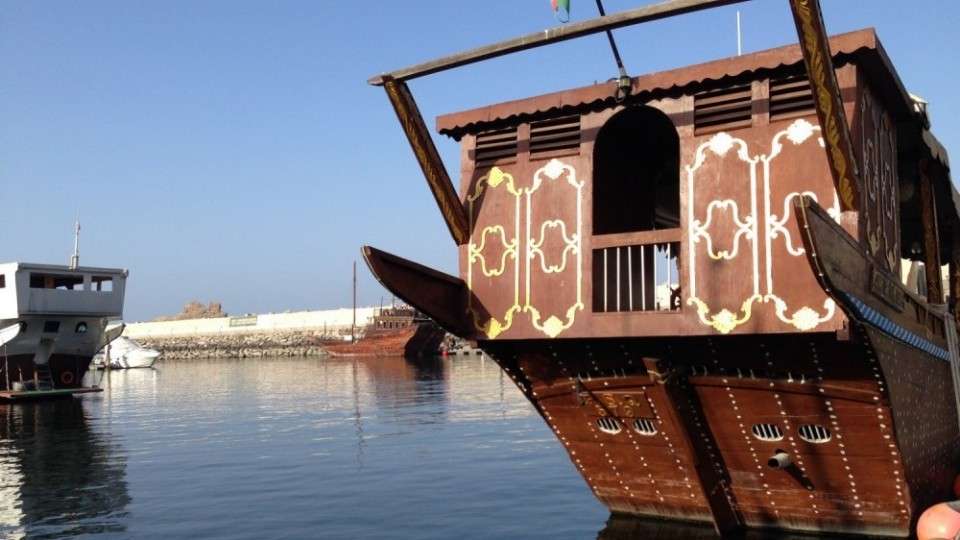Petra – ancient desert city
The fabled “rose-red city, half as old as time”, Petra is the well known ancient Nabataean city in the south of Jordan, recognized as a World Heritage Site by UNESCO in 1985.
Chosen in July 2007 as one of the New Seven Wonders and what may be one of the most expensive admissions to any archaeological site in the world, Petra has become by far Jordan‘s largest tourist attraction – but it can’t be missed!
Petra was the impressive capital of the Nabataean kingdom from around the 6th century BC. The kingdom was absorbed into the Roman Empire in AD 106 and the Romans continued to expand the city. An important centre for trade and commerce, Petra continued to flourish until a catastrophic earthquake destroyed buildings and crippled vital water management systems around AD 663. After Saladin’s conquest of the Middle East in 1189, Petra was abandoned and the memory of it was lost to the West.
The ruins remained hidden to most of the world until the Swiss explorer, Johann Ludwig Burckhardt, disguised as an Arab scholar, infiltrated the Bedouin-occupied city in 1812. Burckhardt’s accounts of his travels inspired other Western explorers and historians to discover the ancient city further. The most famous of these was David Roberts, a Scottish artist who created a number of accurate and detailed illustrations of the city in 1839. The first real excavations of the site were in 1929 after the forming of Trans-Jordan.
The only modes of transport allowed within Petra are on two feet or four (camel, donkey, or horse), but be warned that using the assistance of an animal means they are often treated badly and not uncommon to see wounded animals, even a clinic, Princess Alia Clinic, Brooke Hospital for Animals, to treat and heal them has been opened to the left of the entrance and signs encourage to report mistreatment. Bedouin youths use 75cm electrical cable sections to strike donkeys all the way up 800 stairs to the monastery.
When entering Petra, there is a brief hike down a winding sandstone canyon towards the Siq, a distance of about 0.9 kilometres, and down to the Treasury. There are minor carvings spotted here and there throughout the Siq, but the most impressive sights are the colourful and unusual sandstone patterns in the rock walls. There are also remains of terracotta pipes built into the sides of the canyon that were used in Roman times to carry water.
- Upon exiting the Siq, visitors can view the jaw-dropping grandeur of the Treasury (al-Khazneh in Arabic). Be sure to note the urn atop the Treasury structure. It has been rumoured that the urn contained a Pharaoh’s hidden treasure, and the urn bears the bullet pock marks where Bedouin travellers throughout the years have tested the theory. Get there when the park opens at 6 AM or 6:30 AM and you may have the Treasury all to yourself or with less than 5-10 people around.
- Past the next bend is the outer Siq or Street of Facades, a large canyon lined with the facades of various tombs.
- At the end of the Street of Facades is the 7000-seat Roman Theater. The theatre was created by the Nabateans but later enlarged by the Romans. It is still used for occasional performances.
- On the side of the valley opposite the Roman Theater and a short walk up the hill, are the Royal Tombs. The name was given because they are quite grand in scale compared to the others in the area, but it is unclear for whom the tombs were originally constructed.
- The Monastery (ad-Deir), the largest carved monument in Petra, dates back to the 1st century AD. The interior, like that of the Treasury, is puny in comparison to the facade. The more than 800 steps up to the Monastery.
- The High Place of Sacrifice – The site at the top of the mountain contains elaborate rock altars used for sacrifices. From the High Place, one can view much of Petra from above. Beautiful scenery. The trek down the backside of the mountain reveals many interesting tombs and carvings that might be missed by the average tourist. The round trip generally takes 1.5-2.5 hours. Not many people go through the back route as it’s not always clear.
- The Mountain of Aaron (Jabal Haroun) is the highest peak in the area. At the top, you will find a small church and the tomb of Aaron, brother of Moses. The route to the top and back will take you past the Monastery and will take 4-8 hours depending on your chosen path.
There is only one restaurant in all Petra at the far end of the Roman Highway, which does a roaring trade despite steep pricing. It also has the valley’s monopoly on beer. For just snacks and hot & cold drinks however, there are a number of small stores and vendors scattered throughout Petra.
Petra by Night happens on Monday, and Wednesday and you do not need a day pass. It is only made of candles, you’ll hear a short play of Bedouin music and be served some tea in plastic cups while you sit on mats at the Treasury. It’s not amazing and sitting still on the mats can become rather uncomfortable, and not mandatory to stay for the entire two hours, but it’s something nice to do during nighttime.








